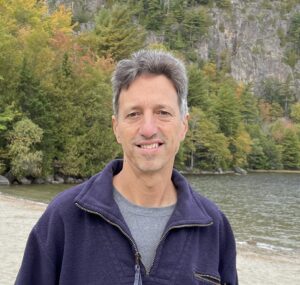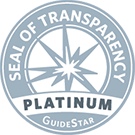As a surgeon caring for children I face the reality that for many of my patients with a diagnosis of a solid malignancy such as hepatocellular carcinoma, rhabdoid tumors, high risk neuroblastoma, and others, disease free survival is limited by the paucity of effective chemotherapeutic agents available to our multidisciplinary teams as we create treatment plans which often fall short of curing these children. I have served on the steering and the surgical committees for the Children’s Oncology Group All Stages of Hepatoblastoma (AHEP) 0731, and on the advisory group for the design of AHEP 1531. These trials have resulted in dramatic improvements in survival using a risk stratification system, expert surgery, and effective chemotherapy.
I have a track record of success as a surgeon, investigator and collaborative leader. I have published over 100 peer reviewed papers, and over 60 other professional publications including book chapters, published abstracts, commentaries, web based educational resources, etc. I have the honor of serving in leadership positions in my academic institution (current Vice Chairman of the Department of Surgery), professional societies including the Halsted Society (current President), the American Pediatric Surgical Association (current Secretary), and the Tennessee Chapter of the American College of Surgeons (current President elect).
Earlier in my career I was funded by the American Heart Association for fetal experimentation in sheep, and studied the prenatal physiology of awake, unanesthetized fetus with an induced diaphragmatic hernia. The findings in sheep were relevant to humans with congenital diaphragmatic hernia. The current proposal neatly ties my understanding of the urgency for drug development for children with cancer, my interest in congenital malformations such as congenital diaphragmatic hernia with a multigenerational family farm, and deep roots in an agricultural community where both my mother and father grew up, and where I spent summers as a child. As an Assistant Professor my experiments were completely dependent on a farmer reliably supplying me time dated pregnant ewes for a price that fit inside of my grant budget. The ovine model was very expensive, and time consuming, leading to my abandonment of that project. Similarly, one of the main roadblocks to drug discovery is the cost and time required for the study of safety, teratogenicity, and dose limiting toxicities. In partnership with Dr. Charles Keller and the team at the Children’s Cancer Therapy Development Institute, we are seeking to provide a high quality ex ovo platform that will be dramatically less expensive, with a shorter gestational time in a species that is well described genetically, developmentally and is being used by an increasing number of innovative and productive investigators. Our farm has the basic agricultural infrastructure and supply chain to produce quail eggs for this project. I look forward with excitement to providing my new team with bio-agricultural resources with which to push forward in the race to discover, develop and market the next generation of therapeutic agents for children with cancer.
* overlap between cc-TDI and Tio Companies of which Dr. Langham is a co-founder is overseen by a conflict of interest management committee.






